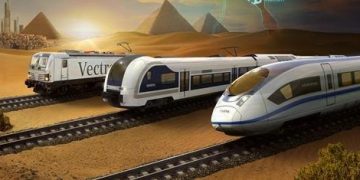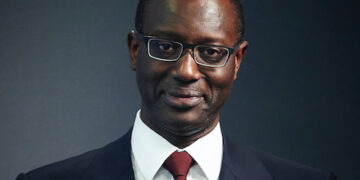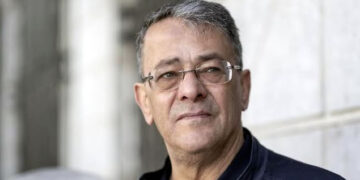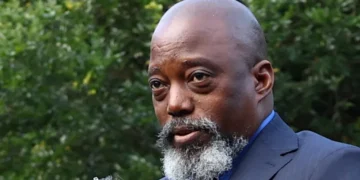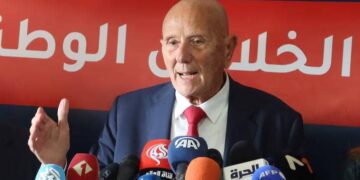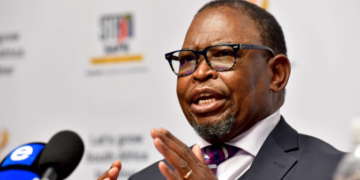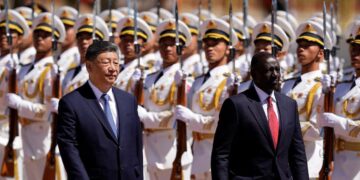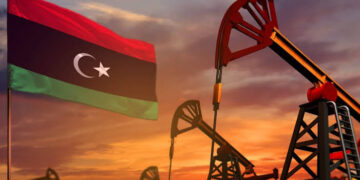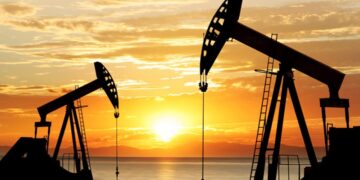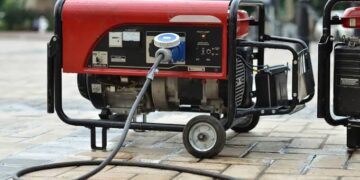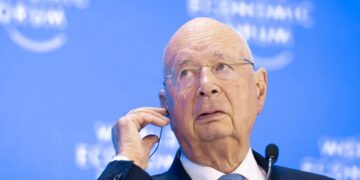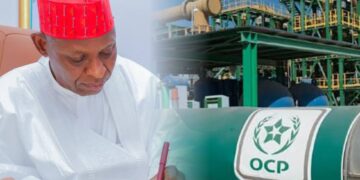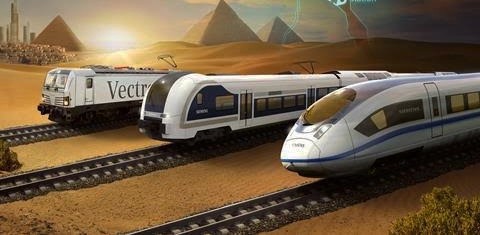By John Ikani
Egypt’s National Authority for Tunnels (NAT) plans to build a 1,800-kilometer high-speed rail network that will be integrated throughout the country.
The high-speed rail network; dubbed Suez Canal on tracks; will link the Red Sea and the Mediterranean for the safe transport of people and goods at a top speed of 250km/h.
More than 18,800 direct and indirect jobs are expected to be created as a result of the new, modern railway system. The project will be financially closed in 2022, and the first line will be operational in 2023.
Using Siemens Mobility’s Velaro and Vectron freight locomotives will be the first line’s high-capacity regional trains, as well as regional high-speed trains from Bombardier and SNCF.
Multiple-unit Velaro high-speed trains can run at up to 360km/h on their 400m journey. The layout of the train’s traction components ensures that the entire length above the floor can be used, resulting in more room for passengers.
Lightweight and high-capacity regional train set Desiro features a vehicle control system that’s smarter than most cars. It saves energy because it was designed specifically for commuter service in the United Kingdom.
It is possible to operate the Vectron locomotive for both passenger and freight service. AC, DC, and multi-system (MS) versions are all available in the following MW ratings: 5.2MW, 5.6MW, and 6.4MW.
Modern security and communications systems will be installed in the trains in order to enhance the riding experience for passengers.
High-speed trains, commuter trains, and rail infrastructure will be provided by Siemens Mobility, while civil infrastructure, such as tunnels and bridges, will be built by NAT.
It’s estimated that 15,000 new jobs will be created in the region once the project is completed. The electrified system will also reduce carbon emissions by 70% compared to the current emissions from car and bus transportation; according to Siemens.
“Completion should be somewhere around 2027,” says Peter. “We have good experience in executing these types of megaprojects.”
“This first line is only part of the whole thing,” he says. “I foresee a signature very soon.”
Following the completion of the Greater Cairo-to-Aswan line; Peter says Siemens will sign contracts to build a second line connecting Luxor, via Hurghada, to Safaga.
